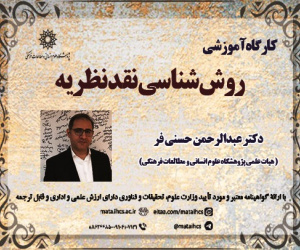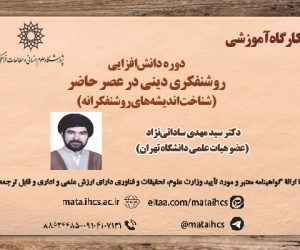بررسی موانع تحقق اجاره خانه های خالی بر اساس قانون تکمیل و اجاره واحدهای مسکونی سال 1356 (مقاله علمی وزارت علوم)
درجه علمی: نشریه علمی (وزارت علوم)
آرشیو
چکیده
این مقاله با استفاده از روش تحقیق توصیفی-تحلیلی، به بررسی موانع تحقق اجاره خانه های خالی بر اساس قانون تکمیل و اجاره واحدهای مسکونی مصوب سال 1356 می پردازد. در سال های پایانی رژیم پهلوی، بحران مسکن به یکی از معضلات اصلی اجتماعی و اقتصادی تبدیل شد که تأثیرات عمیقی بر زندگی مردم و ساختار جامعه گذاشت. افزایش اجاره نشینی و کمبود مسکن مناسب، فشار زیادی را بر مستأجران وارد کرد و نیاز به یک راهکار جامع و مؤثر را ضروری ساخت. در این راستا، قانون تکمیل و اجاره واحدهای مسکونی با هدف ساماندهی بازار اجاره و استفاده از ظرفیت خانه های خالی برای تأمین مسکن طراحی شد. هدف اصلی این قانون، ایجاد تعادل در بازار اجاره و تسهیل دسترسی مردم به مسکن مناسب بود. با این حال، اجرای این قانون با چالش ها و موانع متعددی مواجه شد که مانع از تحقق اهداف آن گردید. یافته های این پژوهش نشان می دهد که شناسایی دقیق خانه های خالی به دلیل عدم وجود سیستم های اطلاعاتی منسجم و دقیق، یکی از اصلی ترین چالش ها بود. علاوه بر این، مقاومت مالکان در برابر اجاره دهی واحدهای خالی و نگرانی های اجتماعی نسبت به تغییرات قانونی، از دیگر موانع مهم اجرای این قانون به شمار می روند. بسیاری از مالکان به دلیل ترس از کاهش درآمد یا مشکلات ناشی از اجاره دهی، تمایلی به مشارکت در این طرح نداشتند.An Analysis of the Obstacles to the Realization of Renting Vacant Houses Based on the Completion and Rental of Residential Units Law of 1977
This article, using a descriptive-analytical research method, examines the obstacles to the realization of renting vacant houses based on the Completion and Rental of Residential Units Law enacted in 1977. In the final years of the Pahlavi regime, the housing crisis became one of the main social and economic challenges, profoundly impacting people's lives and the structure of society. The rise in tenancy and the shortage of suitable housing placed significant pressure on tenants, making the need for a comprehensive and effective solution essential. In this context, the Completion and Rental of Residential Units Law was designed to regulate the rental market and utilize the potential of vacant houses to provide housing. The primary goal of this law was to create balance in the rental market and facilitate people's access to suitable housing. However, the implementation of this law faced numerous challenges and obstacles that hindered the achievement of its objectives. The findings of this research indicate that the accurate identification of vacant houses, due to the lack of integrated and precise information systems, was one of the main challenges. Additionally, resistance from property owners to renting out vacant units and social concerns regarding legal changes were among the other significant obstacles to the implementation of this law. Many property owners, fearing a reduction in income or issues arising from renting out their properties, were reluctant to participate in this initiative.







